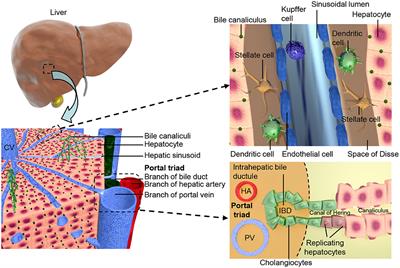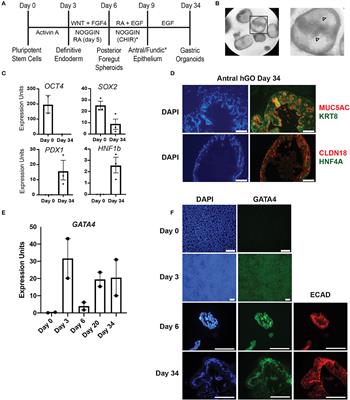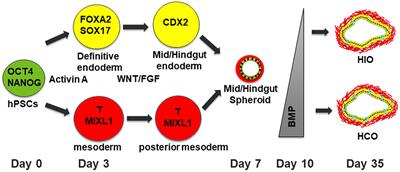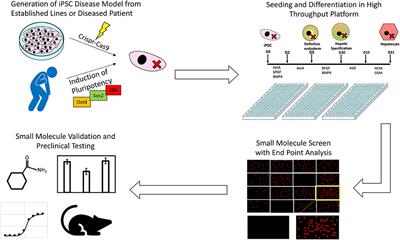REVIEW
Published on 05 May 2021
Liver Organoids: Recent Developments, Limitations and Potential

doi 10.3389/fmed.2021.574047
- 30,922 views
- 80 citations
17k
Total downloads
72k
Total views and downloads
REVIEW
Published on 05 May 2021

BRIEF RESEARCH REPORT
Published on 19 Feb 2020

REVIEW
Published on 04 Feb 2020
MINI REVIEW
Published on 17 Dec 2019

REVIEW
Published on 15 Nov 2019
